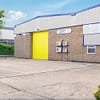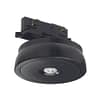Blog
Future Workspace: Office Design Trends 2024
The workplace continues to evolve, and with remote work becoming more prevalent, businesses are rethinking their office design. Here are additional some trends to watch for in the future of workplace design:
Hybrid Workspaces
With the rise of remote work, the concept of hybrid workspaces is gaining traction. These spaces are designed to seamlessly accommodate both in-person and remote collaboration. Incorporating technology that facilitates virtual meetings and collaborative tools, hybrid workspaces aim to create a cohesive work experience for both on-site and remote employees.
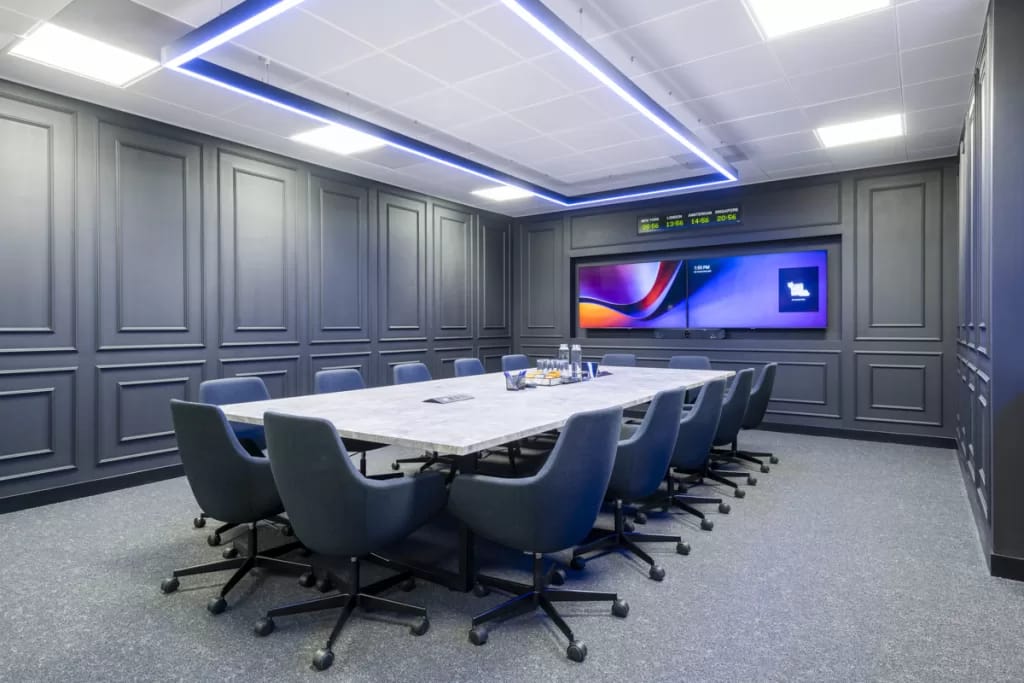
Workplace Wellness Rooms
Recognising the importance of employee wellbeing, wellness rooms are emerging as a trend in office design. These dedicated spaces provide employees with a quiet and comfortable environment for relaxation, meditation, or moments of solitude. Wellness rooms contribute to a positive work atmosphere and support mental health in the workplace.
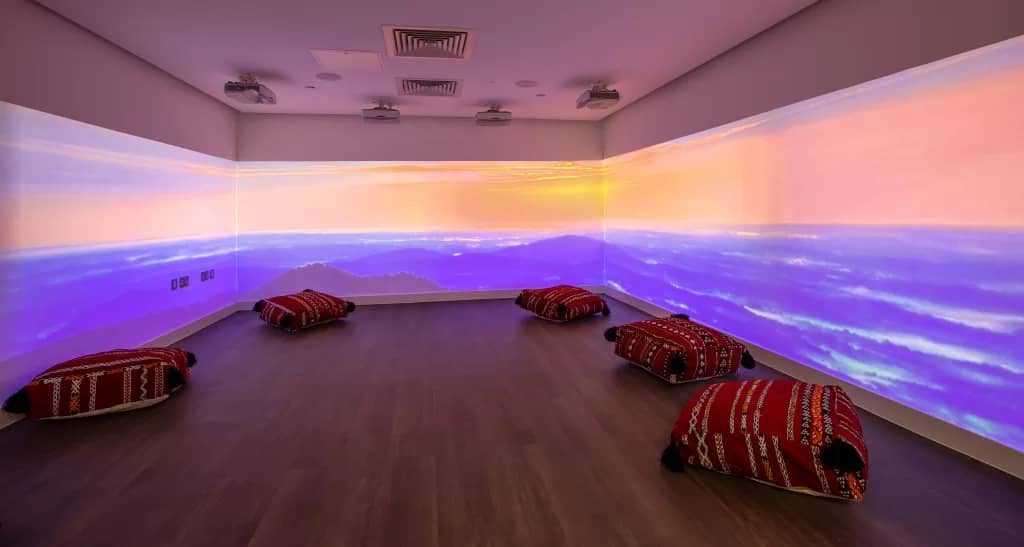
Ergonomic Office Furniture
As the focus on employee health and comfort grows, ergonomic furniture is becoming a staple in office design. Chairs, desks, and other furniture pieces are designed to support proper posture and reduce the risk of musculoskeletal issues. Ergonomic design promotes employee health and productivity.
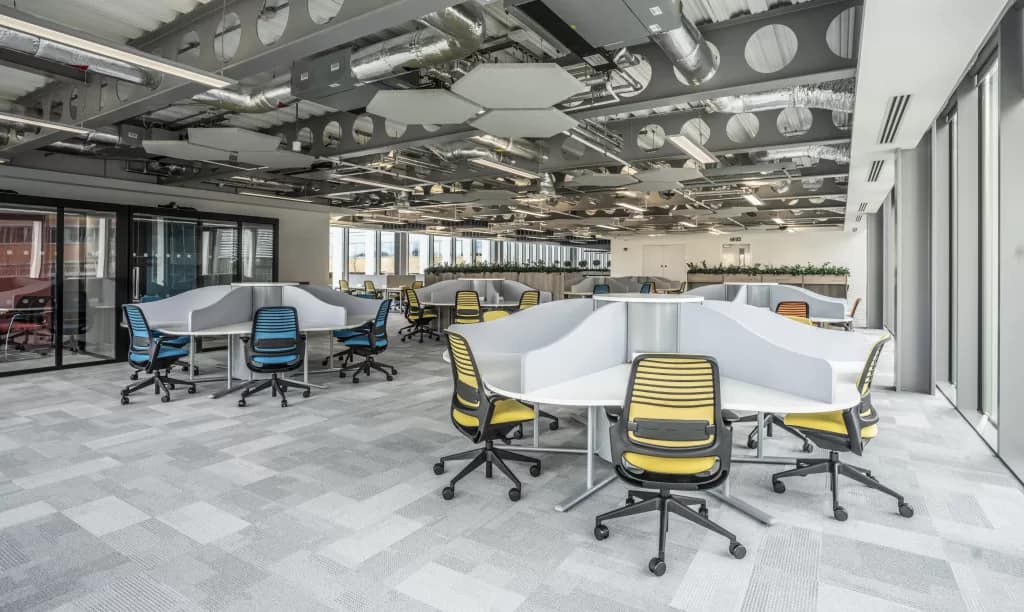
Branding Through Design
Office spaces are increasingly seen as an extension of a company’s brand. Businesses are incorporating their brand identity into the design elements of the office, from colour schemes to logo displays. This not only reinforces brand presence but also fosters a sense of identity and belonging among employees.
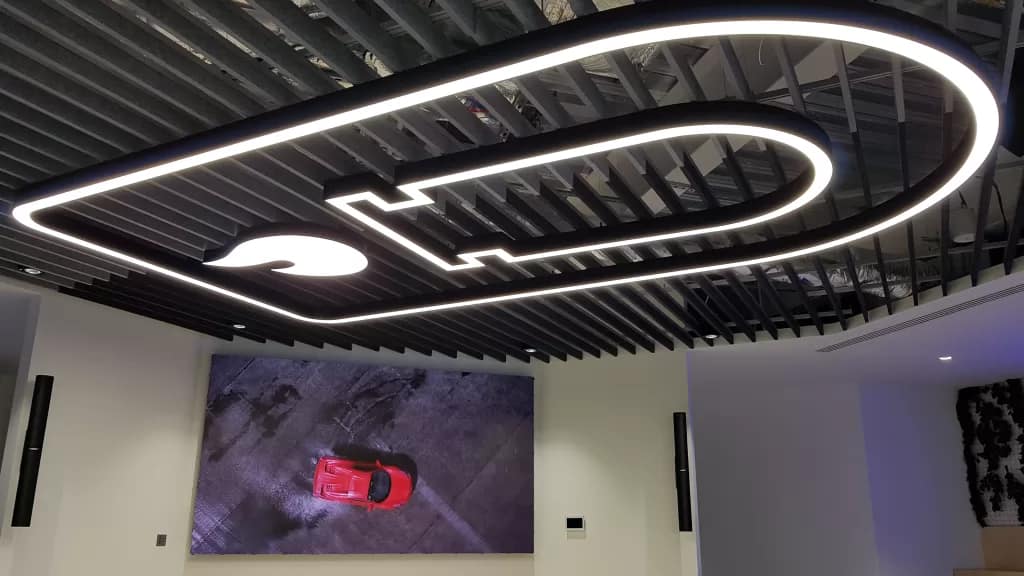
Virtual Reality (VR) Integration
With advancements in technology, virtual reality is finding its way into office design. VR can be used for virtual office tours, collaborative design sessions, and even training programmes. Integrating VR into office design enhances the overall experience and accessibility for employees.
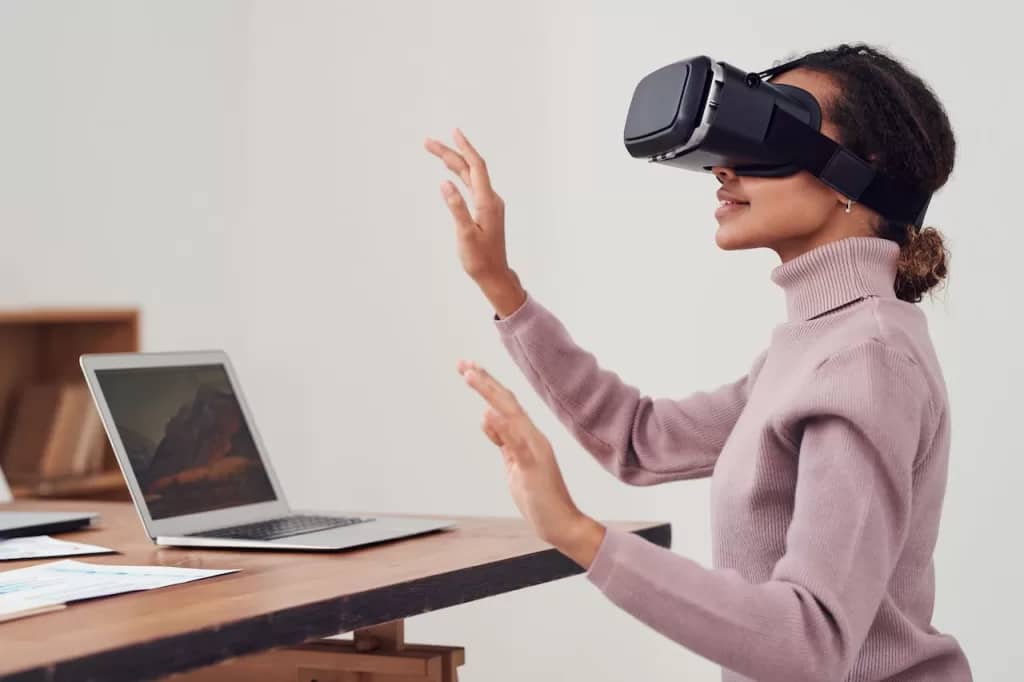
Agile Office Planning
Agile planning involves creating a workspace that can adapt quickly to changing needs. Whether it’s reconfiguring desk layouts, adjusting collaborative spaces, or accommodating new technologies, agile planning allows for flexibility in the face of evolving work requirements.
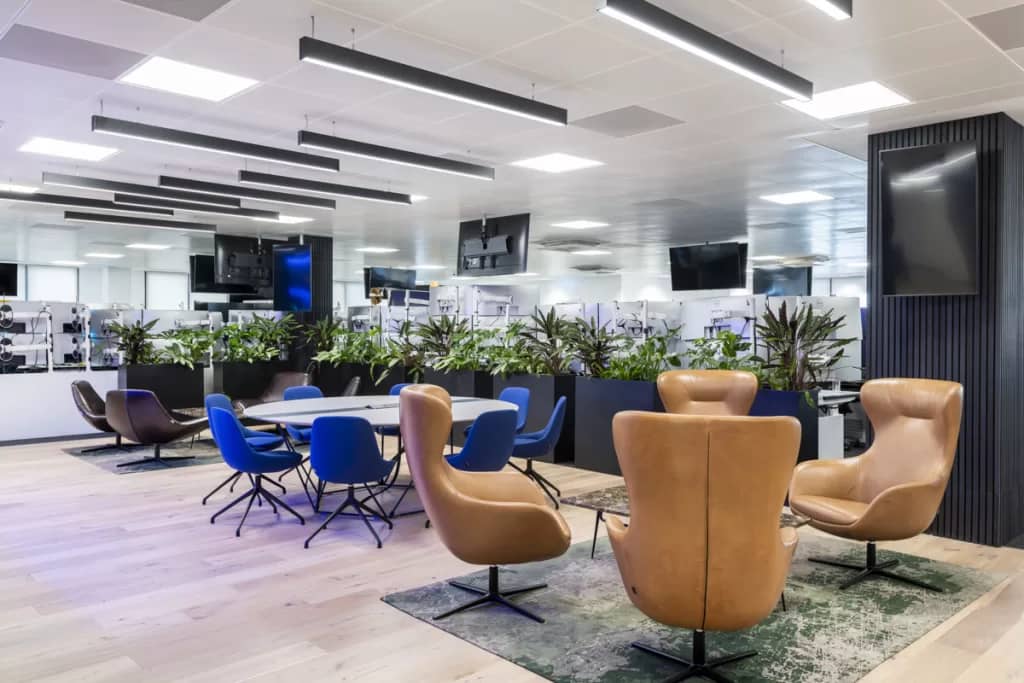
Inclusive Office Design
Inclusivity in office design involves creating spaces that cater to the diverse needs of employees, including those with disabilities. This encompasses accessible furniture, thoughtfully designed layouts, and technology that accommodates various abilities. Inclusive design ensures that the workspace is welcoming for everyone.
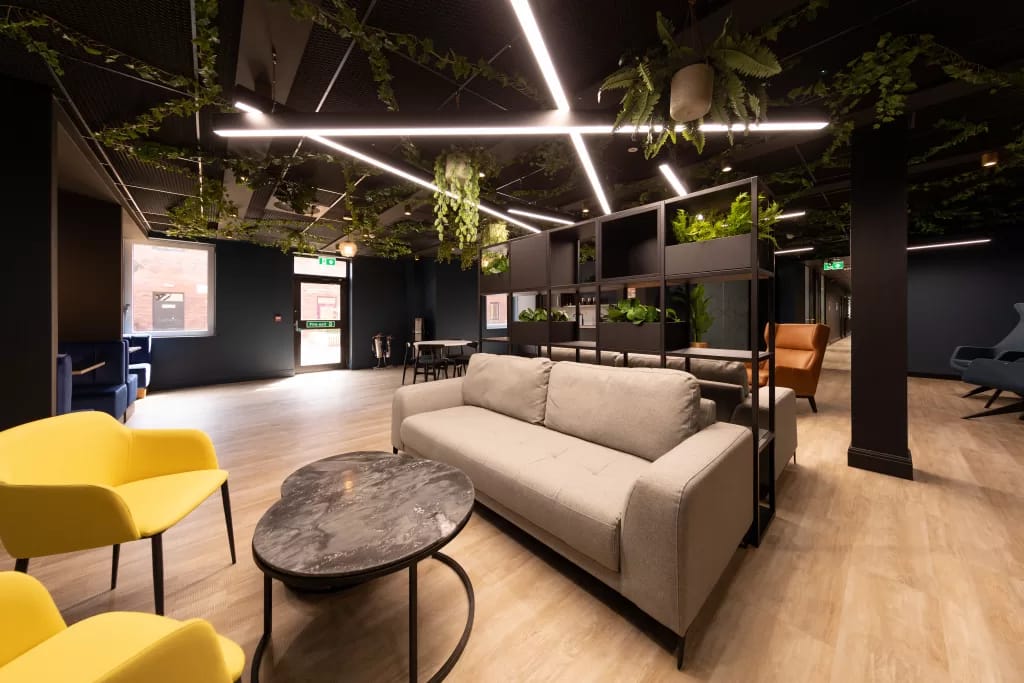
AI Integration in Office Design
The integration of artificial intelligence (AI) into office design is becoming more prevalent. AI can optimise space utilisation, enhance security through smart surveillance, and even assist in predicting and adapting to employee preferences. The use of AI in office design reflects the growing influence of technology in creating efficient and user-friendly work environments.
As the workplace landscape transforms, these trends showcase a commitment to adaptability, employee wellbeing, and technology integration. Embracing these trends can help businesses create dynamic, engaging, and purposeful office spaces for the evolving needs of their workforce.
Contact us today to discuss on-trend lighting, acoustics and biophilia for your office design project.


